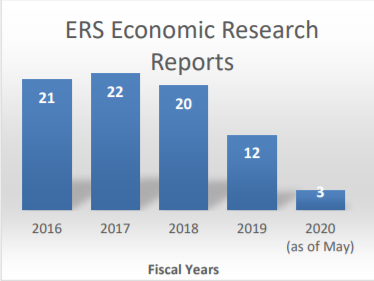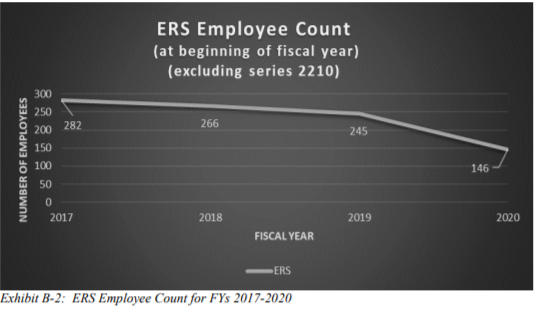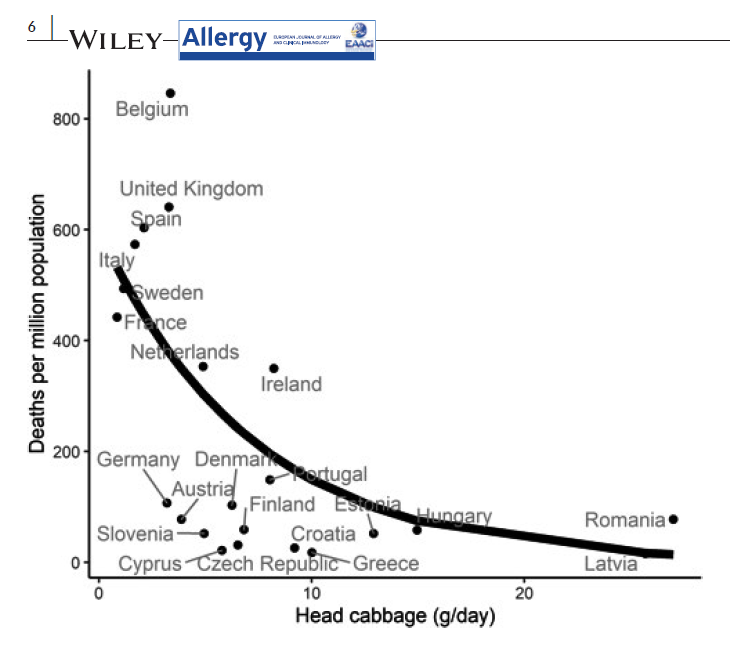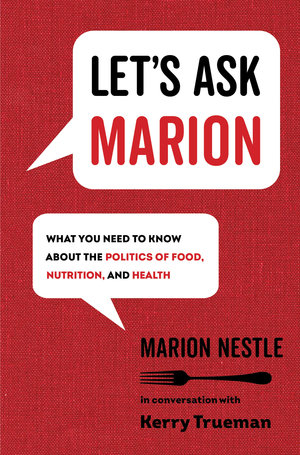We now have a chance to repair the damage done to the Economic Research Service
I’ve been writing about the forced move of the USDA’s Economic Research Service (ERS) from Washington DC to Kansas City for quite some time now, most recently here.
I relied heavily on ERS analyses for my work. The stated purpose of the move was to get the economists closer to farmers, but it was obvious from the start that the real reason was to destroy the agency’s ability to produce reports with results inconvenient for the Trump Administration.
Now others are weighing in, not least the USDA Inspector General. Its recent report on USDA’s Research Integrity and Capacity, which notes losses in staffing and slower output. the IG says:
When asked about the reason for the decreased number of economic research reports publications, an ERS official noted that every division within ERS had sustained staffing losses since the agency’s relocation from Washington, D.C., to Kansas City, Missouri. The official acknowledged that the decrease in the publication of economic research reports between FY 2018 and FY 2020 was the result of the staffing reduction, but did not know what the future impact of the staffing reduction would be. Additionally, we were unable to determine what the future impact of the staffing losses would be.

On staffing levels and experience:
- From 2018 through 2020, the number of economists with 10 or more years of Federal service fell from 98 to 53. There was an increase in economists with less than 1 year of Federal service from none to 21 over that same time. [This means a tremendous loss of experienced economists; the new ones are just starting out]
- From 2018 through 2020, the number of GS-14 [senior]economists at ERS declined from 42 to 21. Similarly, during the same time period, the number of GS-13 economists at ERS declined from 45 to 19. Conversely, the number of GS-9 [junior-level] economists showed an increase from four to seven during this timeframe.

Employees with a:
- post-doctoral degree decreased by more than 33 percent,
- doctoral degree decreased by more than 38 percent,
- master’s or professional degree decreased by more than 20 percent, and
- bachelor’s degree decreased by more than 30 percent.
The American Economic Association also weighed in on this: Necessary Improvement in the U.S. Statistical Infrastructure: A Report to Inform the Biden-Harris Transition
9. The Department of Agriculture must restore the viability of the Economic Research Service (ERS)
ERS is one of the 13 official statistical agencies of the United States. Located since its origination in 1961 in Washington, D.C near federal agricultural policy makers, a majority of its staff positions
were relocated to Kansas City in 2018. Following the relocation, roughly 75-percent of the professional staff resigned or retired. More than two years after the relocation was announced, ERS
has severe staff shortages, particularly in its ranks of senior analysts and management, and is facing substantial staff recruitment challenges. As a consequence, the agency’s statistical programs have
been abridged and federal and state governments are suffering from inadequate agricultural statistics generally, but especially statistics to inform rural development, food assistance and
security, and agriculturally related natural resource conservation policies. While we do not have a specific recommendation for how the Department of Agriculture ameliorates these problems, we
believe it needs to act swiftly and decisively to assess and resolve the challenges it faces as a result of ERS’ decimation.
At issue, of course, is what to do about this now. Move it back to DC and recruit back all those experts? It’s worth a try!




